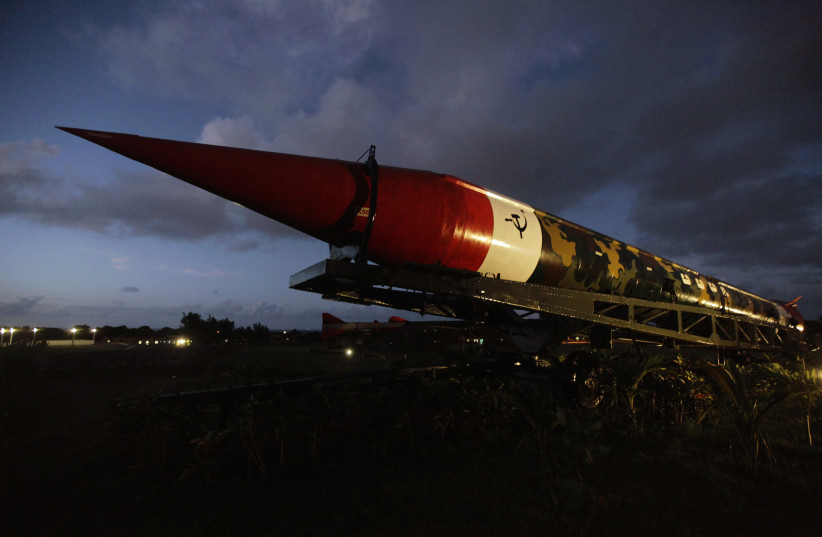It is no secret that a nuclear explosion has the potential to cause irreversible harm. Should we find ourselves faced with a nuclear attack, knowing the best solution for protecting ourselves could be a matter of life and death.
Nuclear attacks come with many risks - anything within close range would be vaporized, and even those within a large radius would be at risk of facing radiation. These are not the only risks you'd experience with an explosion of this nature.
Nuclear blasts cause explosion-generated waves, increasing airspeed and forces that are strong enough to lift even the largest people into the air and cause serious injuries.
In a recent peer-reviewed study by researchers from the University of Nicosia titled "Nuclear explosion impact on humans indoors," published Tuesday in the Physics of Fluids journal, an atomic bomb explosion was simulated to see how people who sought shelter indoors would fair.
There were multiple damage zones identified. In the moderate zone, blast waves were strong enough to bring buildings to a crumble and injure people who were caught outside. However, buildings with a firm structure (typically concrete-based) were able to continue standing.
Modeling a nuclear blast
Using a computer modeling system to study the movements of nuclear blast waves through firm structures, researchers were able to determine the best - and worst - places to be during a nuclear attack.

"Before our study, the danger to people inside a concrete-reinforced building that withstands the blast wave was unclear," said one of its authors, Dimitris Drikakis. "Our study shows that high airspeeds remain a considerable hazard and can still result in severe injuries or even fatalities."
Their results were shocking. Remaining in a "sturdy" building is not nearly enough to avoid the risks associated with a nuclear attack. Tight spaces threaten increased airspeed, and blast waves have the ability to reflect off of walls and bend around corners. According to the study, in the worst possible cases, the blast's ability to produce such force can create one equivalent to "18 times a human's body weight."
"The most dangerous critical indoor locations to avoid are the windows, the corridors, and the doors," one of the study's authors, Ioannis Kokkinakis, stated. "People should stay away from these locations and immediately take shelter. Even in the front room facing the explosion, one can be safe from the high airspeeds if positioned at the corners of the wall facing the blast."
Study authors were able to say one thing for sure: if a nuclear attack does happen, you've got only a matter of seconds to act... otherwise, it's too late. Finding a safe place is crucial, and needs to happen as soon as possible.
"There will also be increased radiation levels, unsafe buildings, damaged power and gas lines, and fires," said Drikakis.
"People should be concerned about all the above and seek immediate emergency assistance."
